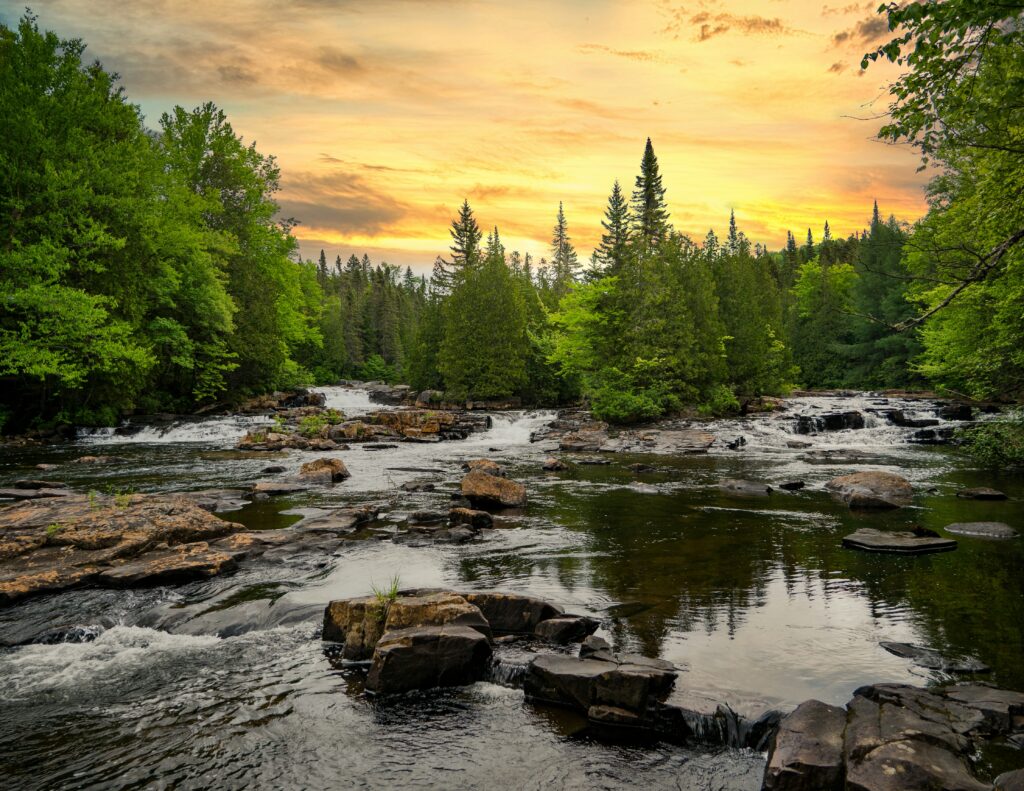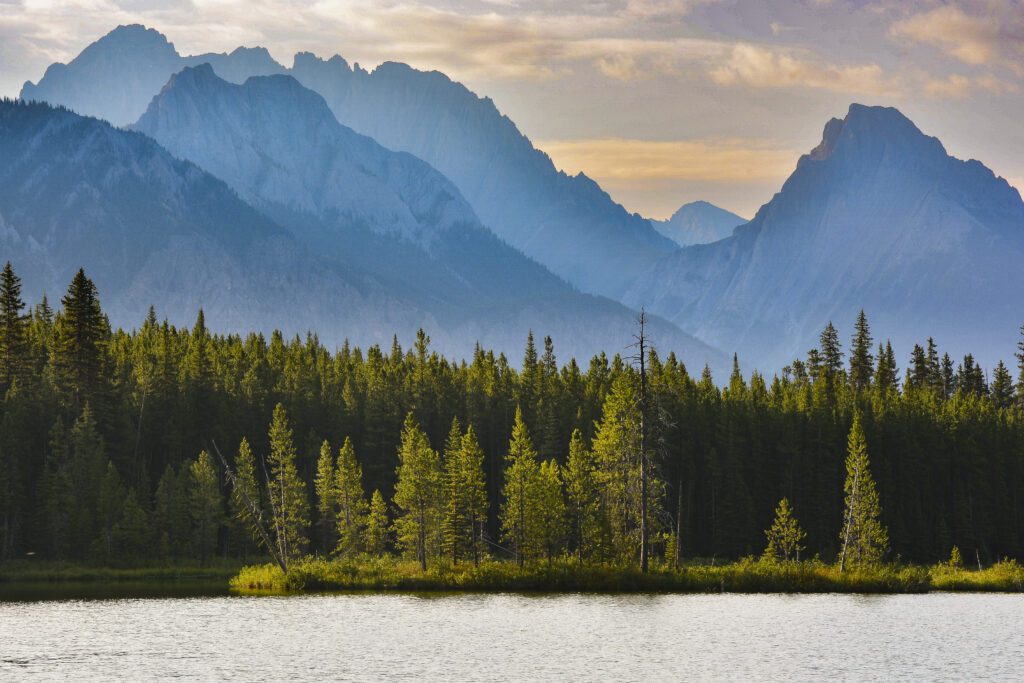I’ve always been drawn to water, which I suppose explains my career choice. Being near the waters’ edge whether it’s a lake, river, stream or ocean has always brought me peace.
Carving out some time to spend by the water has never felt so important, as many of us seek out calming experiences during the COVID-19 pandemic. For me, spending time by the water has helped to alleviate some of the stress and anxiety brought on by pandemic news and the mental health impacts of social distancing.

Turns out, I’m not alone in my pursuit of the water’s edge to find a sense of calm. What I always chalked up to just a feeling is actually a scientific phenomenon. Scientists have shown that spending time near the water has proven benefits for our mental and physical health. In fact, a study at the University of Exeter medical school found that even just looking at pictures of water can calm anxiety or stress.
If you’re anything like me, however, nothing beats the real thing. There are many health benefits of being near a water source. Some include: increasing mindfulness, lowering cortisol (stress hormone) levels, and can help with better sleep and improved focus. Scientists have now shown that we are hardwired to have a positive reaction to being near the water. This makes sense, as water is the most important ingredient in supporting life of any kind.

Dr. Wallace J. Nichols is a leading researcher in this space and he calls this the “Blue Mind” theory. There is more and more scientific evidence these days to support this feeling of peacefulness when we spend time near the water. However, it’s something many of us know inherently to be true. It’s why people like to live in waterfront communities. Why people will pay more for a waterfront view from their hotel rooms. It’s also why we seek out time by the water when enjoying nature and the outdoors.
Alleviating stress during COVID-19

Right now during the COVID-19 pandemic, spending time near water has been particularly complicated but potentially never so important. For our health and safety, it’s imperative that we all practice physical distancing and stay at least 2 metres away from anyone outside of our household. Luckily, there are many resources available like the Great Lakes Guide on how to access the water’s edge safely during the pandemic.
In Canada, there is no shortage of waterways. We have three oceans, countless streams and rivers, and large lakes like the Great Lakes, Lake Winnipeg, Lake Simcoe and many more. These waterways are so important to our mental health and overall wellbeing. However, many of these lakes are facing extreme threats themselves. Climate change, harmful algae blooms, and invasive species are just some of the threats our waters are vulnerable to and are contending with.
Invest in water for our recovery
That’s why it is so important that we all take action to protect Canada’s freshwater. (Find out more about how Environmental Defence helps to safeguard freshwater.) Moving forward, we’ll also be calling on the federal government to invest in improving the Great Lakes and other large lakes as part of our COVID-19 recovery. In the U.S., as part of the 2009 financial crisis recovery, the Obama administration invested hundreds of millions of dollars into Great Lakes habitat restoration, toxic chemical reduction programs and agricultural best practices. Over the past 10 years, that program has created thousands of jobs and a 300 per cent return on investment!
Canada now has the opportunity to create the same economic opportunities. By prioritizing investments in freshwater, we can address the threats of climate change and harmful algae blooms while creating jobs and stimulating the economy. Water takes care of us. Now it’s our responsibility to take care of it in return.
If you are able, we hope you will consider making a donation to help us continue our work in protecting our environment and the health of your family and friends.










